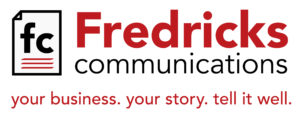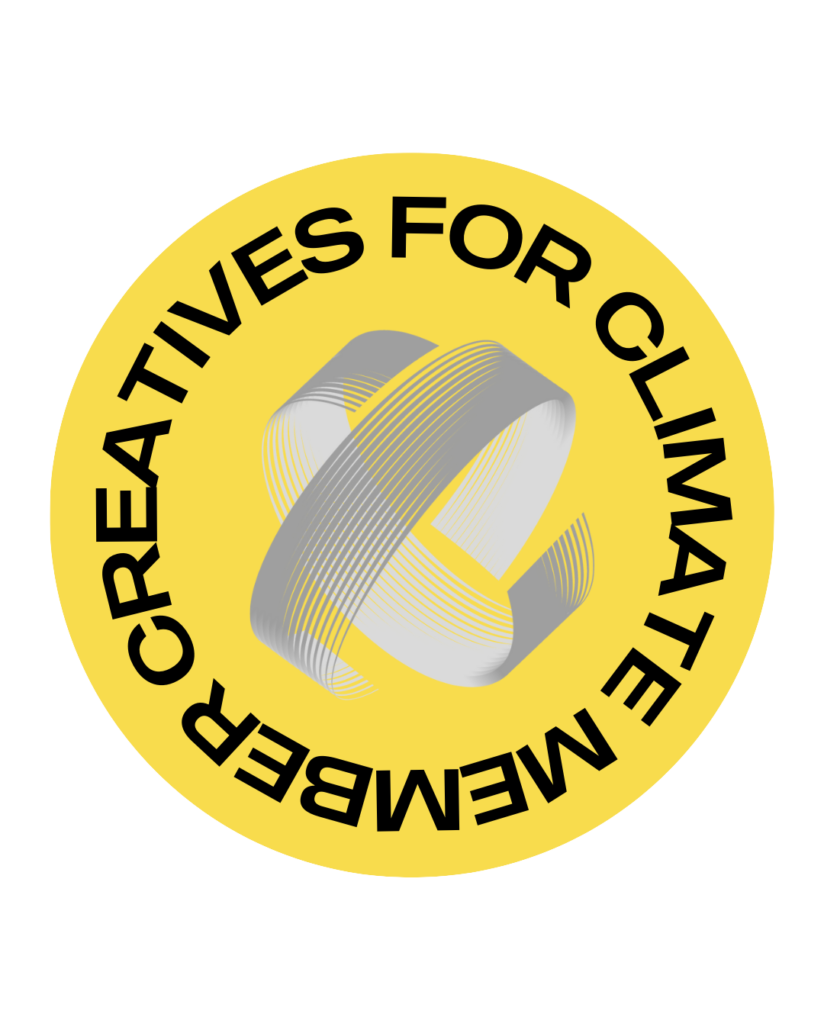The “Duh” Metric for Blog Posts
Circular Logic in Content Goes Nowhere Fast
Online marketing and social media people write thousands, if not hundreds of thousands, of words each day about blogging, copywriting, SEO, content development, inbound marketing, social ROI, metrics and on and on.
A couple of weeks ago I read a few hundred of those words that… well…. let’s just say when I was done, all I knew for certain was I wanted to get back the time it took to read the post.
The “expert” was trying to get at metrics for measuring success. More specifically, he wrote, most people are not measuring the best metric. OK. Stage set. I wanted to know what the “right” metric would be. I read on.
The problem, he said (I’m paraphrasing here and will be throughout), most people think the best measure of success for a post on Facebook, Twitter, LinkedIn or their company blogs is engagement. Not how many views, but time spent, likes, comments, mentions, shares, @replies, click-throughs, retweets and the like.
Yep. With you so far.
The problem with that, he continued, is that none of those measurements gets to what is really important in the online marketing game: value. It’s one thing for site visitors to spend time reading a post, article or page, but are they getting any value out of it? Do they learn something useful? Most importantly, when they’re done are they a little closer to making a purchase or seeing your company as a leader in your category? If not, then your post was pretty much worthless.
To really make a difference to business growth, you need to deliver content that provides real value to prospects and customers. Further, he wrote – and by that point I was imagining someone glaring at me, gnarled hand vigorously shaking a ruler in my direction – companies and organizations MUST MEASURE VALUE.
Value! Of course. So, how do you –
But the problem with that, the venerable Social Media Guru went on, is there’s almost no way to measure value. At least not yet.
Huh?
So, what social media marketers really need to do is measure –
Wait for it…
– engagement!
That’s right, he said. Until someone comes up with a reliable way to measure online content’s value to prospects and customers, the best one can do is pay very close attention to engagement. You know, retweets, likes, comments and the like.
Well. Hmmmm. Gee.
My reading on social, inbound marketing, blogging and so on has been educational. Here are a few things I’ve learned:
- Everyone wants to be seen as an expert. Not everyone is. Clearly.
- Regurgitation is the rule. Many so-called experts are re-writing content someone else wrote a year, a month or even a week ago. I’ve read what’s essentially the same post presented in different ways more times than I care to recall.
- There’s a lot of garbage out there. Not everyone employs ham-handed circular logic, but there’s a lot of superficial, obvious and even nonsensical content floating around.
Which brings me to my 1 Tip for Online Marketing “Experts” – Never write a post that takes your readers in a circle, right back to the point where they started, with nothing of – ahem! – value to be found on the journey of the circumference.
DUH.
But hey, it’s easy to play the critic, right? Fact is, there’s a lot of good content out there, too, written by really smart people who know which way is up and try to help you move a little further in that direction (and pay for their services). That just wasn’t the case this time around.
I have to give the circular post writer credit for one thing, though. His piece was the ideal illustration of his point. I spent four to five minutes reading it (good engagement), but gained nothing, didn’t feel a nudge toward deeper thought on the subject and definitely was not entertained (zero value).
Well done, Sir.
To avoid this kind of thing in your content, contact Fredricks Communications today.



